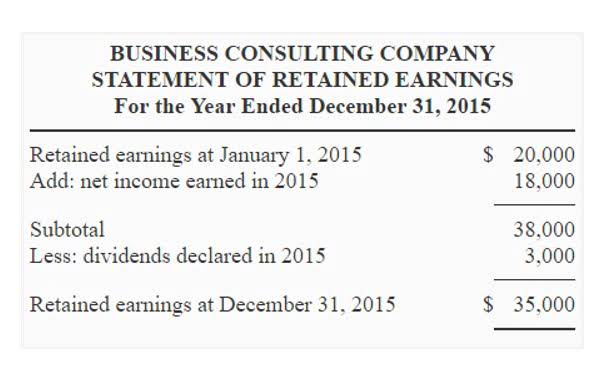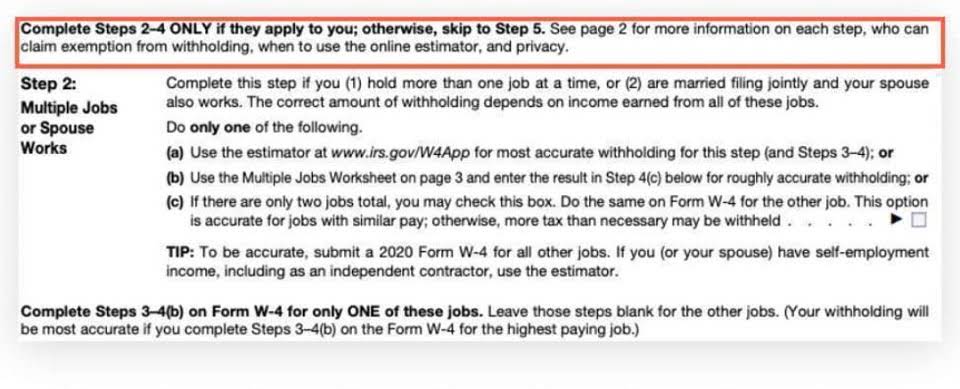
It is a method used for cost flow assumption purposes in the cost of goods sold calculation. The LIFO method assumes that the most recent products added to a company’s inventory have been sold first. The costs paid for those recent products are the ones used in the calculation. There are two main inventory valuation methods in accordance with generally accepted accounting principles (GAAP), LIFO and FIFO. It is common for companies to use the FIFO method to manage their inventory internally, while leveraging the LIFO method for financial statement presentation and tax purposes. The LIFO Reserve is an important accounting calculation mandated by the US GAAP and FASB.
The use of this account must be disclosed in the financial statement footnotes, so investors and other external users can appropriately compare metrics. We can further calculate the FIFO Cost of goods sold from the FIFO Inventory to find the gross profit and profitability ratios. But there are certain ratios like inventory turnover ratios, inventory cycles, etc., that can only be compared if the same inventory method is used.
LIFO Liquidation
The financial statements of any business are greatly affected by the choice of inventory valuation method. The balance sheet, income statement, cash flow statement, and other key financial ratios reflect the choice and impact stakeholders’ decisions. The FIFO reserve, often called the LIFO reserve, keeps track of differences in accounting for inventory when a company utilizes a FIFO method or LIFO method. Sometimes, companies will opt to use FIFO internally because it shows the physical flow of goods. But, they will use LIFO for financial reporting purposes because it typically offers a lower income tax expense. The FIFO or LIFO reserve is the difference between LIFO inventory and FIFO inventory.

Both methods have different impacts on the financial performance reporting and financial ratios of companies. Therefore, the stockholders must be able to find a uniform space to analyze any company’s health irrespective of cost method. The disclosure of the LIFO reserve allows readers to better compare the financial statements of a company using LIFO with the financial statements of a company using FIFO. The LIFO method places a higher rate of cost on all the goods that a company sells over the period of a year. With reports that show a higher cost to the company, it also means that less income eligible for taxes is reported alongside it.
Resources for Your Growing Business
A is incorrect because a decline in the LIFO reserve from the prior period may indeed indicate that LIFO liquidation has occurred. It is important to review disclosures on LIFO reserves to determine if LIFO liquidation has occurred. A decline in the LIFO reserve from a prior period may indicate that LIFO liquidation has occurred. Calculate the valuation as per LIFO Method and also calculate LIFO Reserve. My Accounting Course is a world-class educational resource developed by experts to simplify accounting, finance, & investment analysis topics, so students and professionals can learn and propel their careers.
- LIFO reserve is an accounting term that measures the difference between the first in, first out (FIFO) and last in, first out (LIFO) cost of inventory for bookkeeping purposes.
- This is advantageous in periods of rising prices because it reduces a company’s tax burden when it reports using the LIFO method.
- On the flip side, if prices fall during the year, FIFO will have the lowest ending inventory and the highest cost of goods sold.
- Once March rolls around, it purchases 25 more flowering plants for $30 each and 125 more rose bushes for $20 each.
- Company ABC used the LIFO method, whereas another competitor company used the FIFO method for inventory valuation.
- In these circumstances, to reduce the First In First Out value of inventory to the Last In First Out value, the Last In First Out reserve needs to be a credit entry.
You simply assume that the oldest stock is sold first and apply this assumption to your calculations. LIFO liquidation may also generate positive cash flow and result in higher taxable income and higher tax payments. During economic downturns, LIFO liquidation what is lifo reserve could result in higher gross profit than would otherwise be realized. If the LIFO layers of inventory are temporarily depleted and not replaced by the fiscal year-end, LIFO liquidation will occur resulting in unsustainable higher gross profits.

